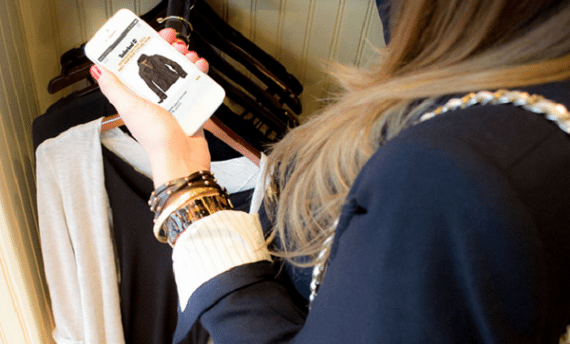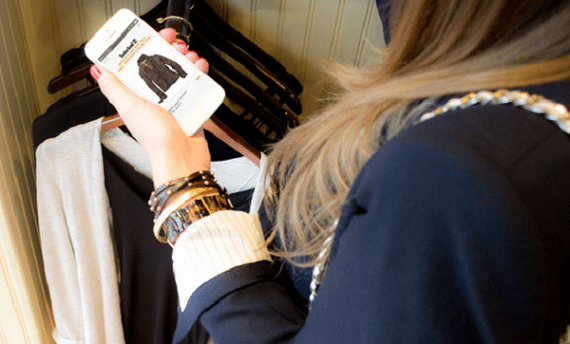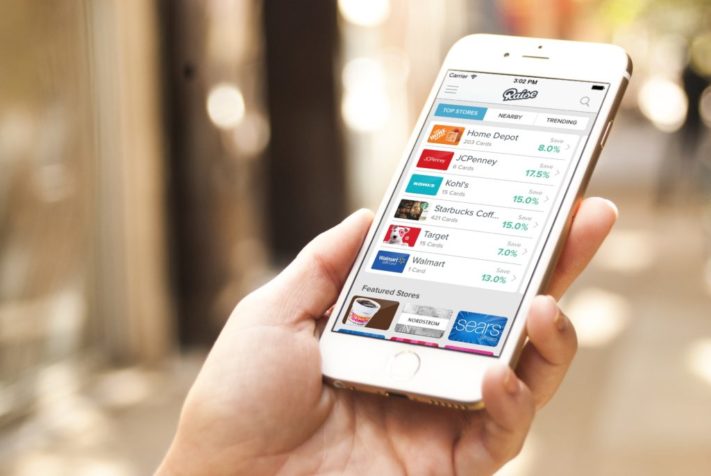There’s been a steady growth in mobile shopping as people are becoming more confident with their mobile purchases. For many retail apps, however, customer conversion rates remain low. Shoppers are transitioning from their personal computers to their mobile phones and now have a whole new set of expectations. Many mobile retail apps are developed without careful consideration of the user experience and as a result, contain many path-to-purchase barriers. Common retail app development mistakes often discourage users from completing a purchase. So, how do you turn your mobile users into customers through your retail app? The answer is simple: Optimize the user experience.
1. Make a Good First Impression
It’s important to make a good impression within the first five seconds of the user experience to avoid the high-risk of losing customers after they view the homepage. If your users log into your retail app and are disappointed with the initial impression, the app will be dismissed and you'll lose customers to retailers who have a better m-commerce strategy. It’s important to ensure that the homepage promises a good first impression as it'll set up the user's expectations for the rest of the checkout process. If your initial impression is credible and trustworthy, your users will become customers, in turn, meeting your organization's goals.
2. Remove Distractions
Mobile devices already have many distractions including incoming calls, text messages, social media notifications, and many others. Adding to this list of distractions will deter your user from meeting the goal of the retail app, which is to make a purchase. Having too many advertisements and information will distract the user from their path-to-purchase. A mobile app, specifically one with an integrated payment system, should be free of clutter and simple to use. If not, the user will get distracted by extra information, which will create a barrier during the checkout process. Removing distractions and irrelevant information will make the path to purchase more efficient.
3. Guarantee Security
Users are often hesitant to transition over to mobile shopping which is why you need to assure them that their information is secure. According to a study by Intersperience, only 11% of PC users hesitated to fill in their personal details and purchase goods online while mobile users hesitated at 37%.
Ensuring that there’s a security badge integrated into your retail app will reassure users that their personal information is safe and secure. This may be a simple feature, but often overlooked. The security reassurance should be depicted throughout the entire checkout process to remind the shopper that the app is secure and reliable. Users are more likely to offer their personal information such as credit card and location information if there’s a security reassurance. This design consideration will encourage shoppers to return and regularly use your app for mobile shopping.
4. Reduce Amount of Actions
Most digital shoppers don’t want to spend the time filling out redundant fields of personal information. If the checkout process takes too much time and effort, users will most likely get frustrated, exit out of the app, and abandon their purchases. A checkout form must be short and simple to ensure that the user will make it to the finish line. Adding a lot of extra fields to fill out will increase incomplete checkout rates.
5. Design Strategically
Another important factor to consider when designing a retail app is how the user will physiologically use the app. Designing your app to ergonomically fit the hands of your user is crucial. If the app design layout makes it uncomfortable for the user, they’ll most likely get irritated which will reflect negatively on the brand and deviate from your overall goal. Research conducted by UX Matters reveals that users interact with their mobile screens in 3 different ways: One handed (49%), cradled (39%) and two-handed (15%). Since most people hold their phone with one hand, the app design must reflect this. Important information should be placed conveniently, while the least important information should be located furthest away from the thumb. Frustration often drives customers away which is why it’s important to remember who you're designing the app for and what their physical behaviors are.
6. Customer Service Option
A simple yet often overlooked feature that many retail apps don’t include is the customer service contact information. Many shoppers want to inquire about questions, concerns, or even comments when shopping on their mobile device. You need to ensure that there’s a visible button for customer help. FAQs are convenient to include in a retail app, particularly with general questions, but they often don't assist customers with finding the right solution. Don’t anger your customers by not offering assistance during the mobile checkout process.
7. Seamless Navigation
An easy navigation will ensure that the user can progress throughout the mobile checkout without any bumps along the way. A long checkout process will encourage the user to change their mind before reaching the end of the transaction. A progress indicator will help users understand how long it'll take to make a final purchase. If a user doesn’t know how long the process is, they can easily get frustrated and exit out, leaving the purchase abandoned. A progress indicator breaks down the experience so the user fully comprehends the time and effort it'll take to finally press ‘Submit’.
8. Overall Convenience
Arguably, one of the most important considerations to keep in mind when designing a mobile retail app is the overall convenience of the user experience. No user wants to spend an excess amount of time creating and setting up a new account to make a purchase, specifically if it's on a smaller device with little screen space. Designing your app with a convenient guest checkout option will encourage users to make more purchases in less amount of time. Some other important features to consider during development are coupon or gift card options, autofill, and large checkout buttons. These design elements will amount to a seamless path to purchase and overall user experience satisfaction.
The mobile checkout process should be logical and straightforward. Keeping these design solutions in mind when developing your retail app will help to increase the user retention rate and encourage more mobile purchases. Retail apps need to continuously evolve as the user experience changes and the expectations of the mobile shopper become more demanding. Understanding mobile shopping behaviors and expectations will help to create a seamless mobile shopping experience and avoid misuse of the app, abandoned purchases, and low retention rates.




